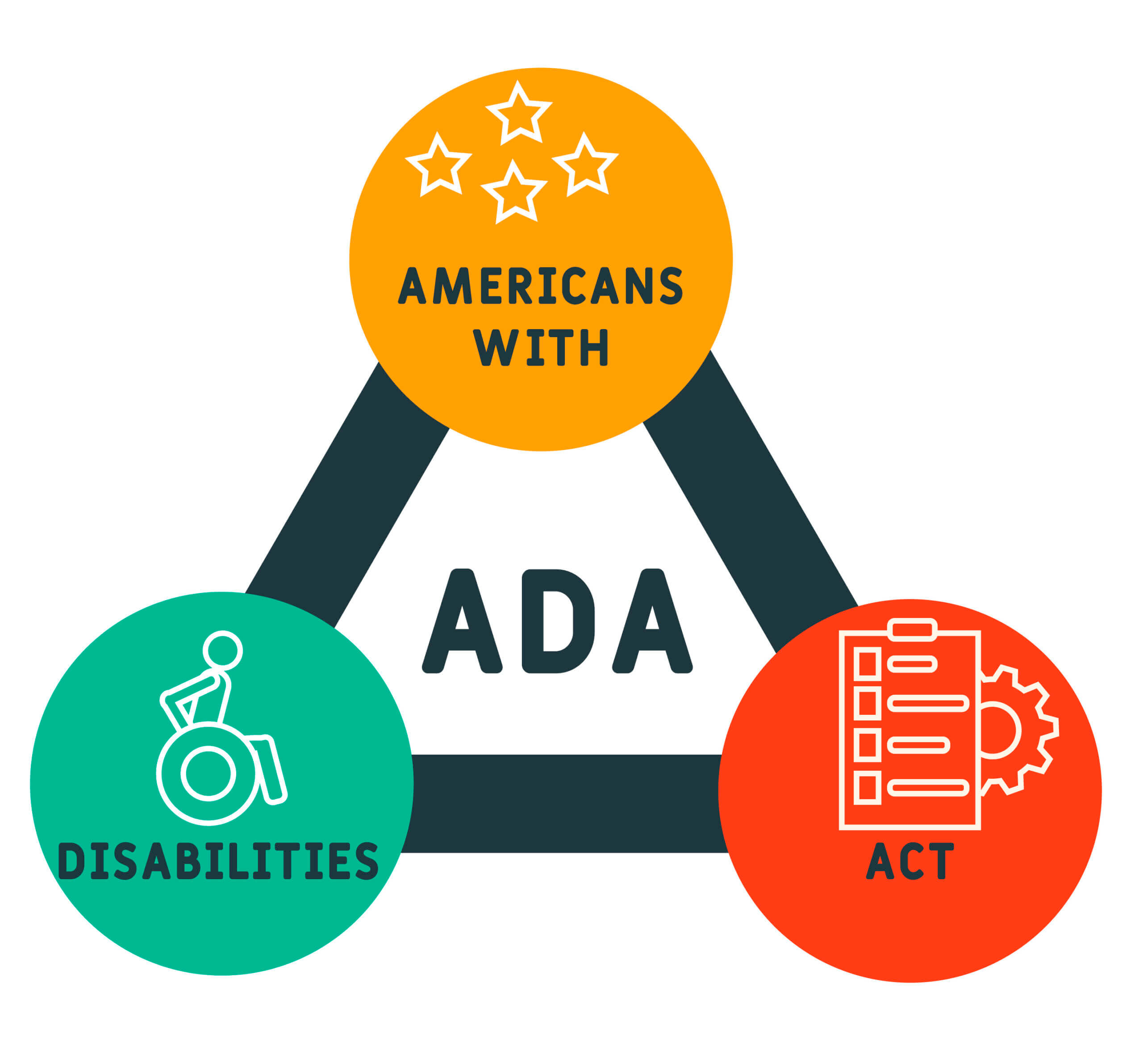
Why Accessibility Is a Must for Government Websites
According to the Centers for Disease Control and Prevention (CDC), 61 million U.S. adults—about 26% of the population—live with a disability. For these individuals, accessible websites aren’t just a convenience, they’re a necessity. In response, the U.S. Department of Justice issued updated guidance in 2022 urging state and local governments, as well as public-facing businesses, to prioritize website accessibility and align with the Americans with Disabilities Act (ADA).
For government websites, ADA compliance ensures equal access to public information, from voter registration to health and safety resources. Noncompliance can lead to legal action, financial liability, and reputational harm.
Large enterprises and government organizations increasingly embrace website modernization to keep pace with changing technology, ensure optimal user experience, and comply with evolving accessibility guidelines. The goal is to create a seamless, user-friendly experience that meets the needs of all visitors, including those living with disabilities.
What Is Website Modernization?
Website modernization is the process of upgrading a site to meet current standards in accessibility, design, functionality, and security. For government agencies, it’s also a pathway to achieving ADA compliance. This includes updating legacy systems, optimizing for mobile, strengthening security, and most importantly, ensuring accessibility for people with visual, auditory, cognitive, or physical impairments.
Accessibility compliance typically follows the Web Content Accessibility Guidelines (WCAG). While not legally binding in all jurisdictions, these guidelines are widely adopted and serve as the foundation for ADA-compliant web design.

Common Accessibility Issues That Undermine ADA Compliance
When a website is not compliant with accessibility standards, it creates barriers for users living with disabilities. Some frequent issues include:
- Poor color contrast between text and background
- Use of color as the only cue (which doesn't work for color-blind users)
- Missing alternative text (alt text) on images
- No captions for video content
- Inaccessible online forms
- Navigation dependent on a mouse (not usable with keyboards or screen readers)
Technical Accessibility Failures
- The homepage fails WCAG 2.1 Success Criteria (SC) 1.2.2, “Captions (Prerecorded),” because our promotional videos do not have accurate captions.
- eStore fails WCAG 2.1 SC 3.3.2, “Labels or Instructions” because the shipping form does not include examples of acceptable input for form fields.
- The header fails WCAG 2.1 SC 1.4.3, “Contrast (Minimum),” because the text fails to meet the recommended contrast ratio of at least 4.5.1.
Correcting these issues not only boosts accessibility but also enhances overall usability, reduces bounce rates, increases time on page, and can positively impact metrics such as user engagement and conversion rates.
Why Website Accessibility Is a Top Priority for IT Leaders
For IT leaders managing government website ADA compliance, accessibility is no longer optional—it’s a legal, operational, and cybersecurity imperative. An inaccessible site could trigger regulatory scrutiny, lead to lawsuits, or undermine public trust.
More importantly, inaccessible content denies millions of people access to essential services, like:
- Voting
- Health and safety updates
- Transportation schedules
- Permit and license applications
Website Accessibility Regulations and Standards

Two key pieces of legislation define the standards for public-sector websites:
- The Americans with Disabilities Act (ADA): Requires public-facing organizations to offer accessible digital services.
- Section 508 of the Rehabilitation Act: Sets specific technical requirements for federal websites and digital tools.
In 2022, the Justice Department passed new accessibility regulations to governments (state and federal) and organizations of all sizes that are open to the public. Any organization that does not meet the security and compliance requirements risks potential legal liabilities.
How AIS Network Supports Government Website ADA Compliance
AIS Network is a trusted leader in website modernization, specializing in helping government agencies and enterprises meet ADA compliance requirements. We follow the accessibility standards outlined by VITA (Virginia Information Technologies Agency) to ensure every website:
- Provides a superior user experience for citizens.
- Offers easy access to information and services by providing language options and accessibility support.
- Ensures security and accessibility for all users.
- Has a team to create and maintain modern websites, and provide all necessary knowledge resources, including access to templates, checklists, on-site demos, and tools to support website modernization projects.
By adhering to VITA’s standards, we guarantee that every website modernization project AISN delivers meets the highest quality expectations. However, website modernization is not straightforward since it involves several complex factors under senior IT managers’ purview. This process is essential to ensure that public-facing websites comply with current accessibility, security, and compliance requirements.
Ready to Modernize Your Website?
AISN’s experienced team helps government and enterprise organizations align with ADA regulations while streamlining modernization efforts. With a deep resource bench and a proven track record, we’ll help you achieve compliance, reduce risk, and deliver a more inclusive user experience.
Visit our compliant website development page to learn more about our services for government website ADA compliance.
Have questions or need help assessing your current website’s accessibility? Contact us to speak with an expert.
